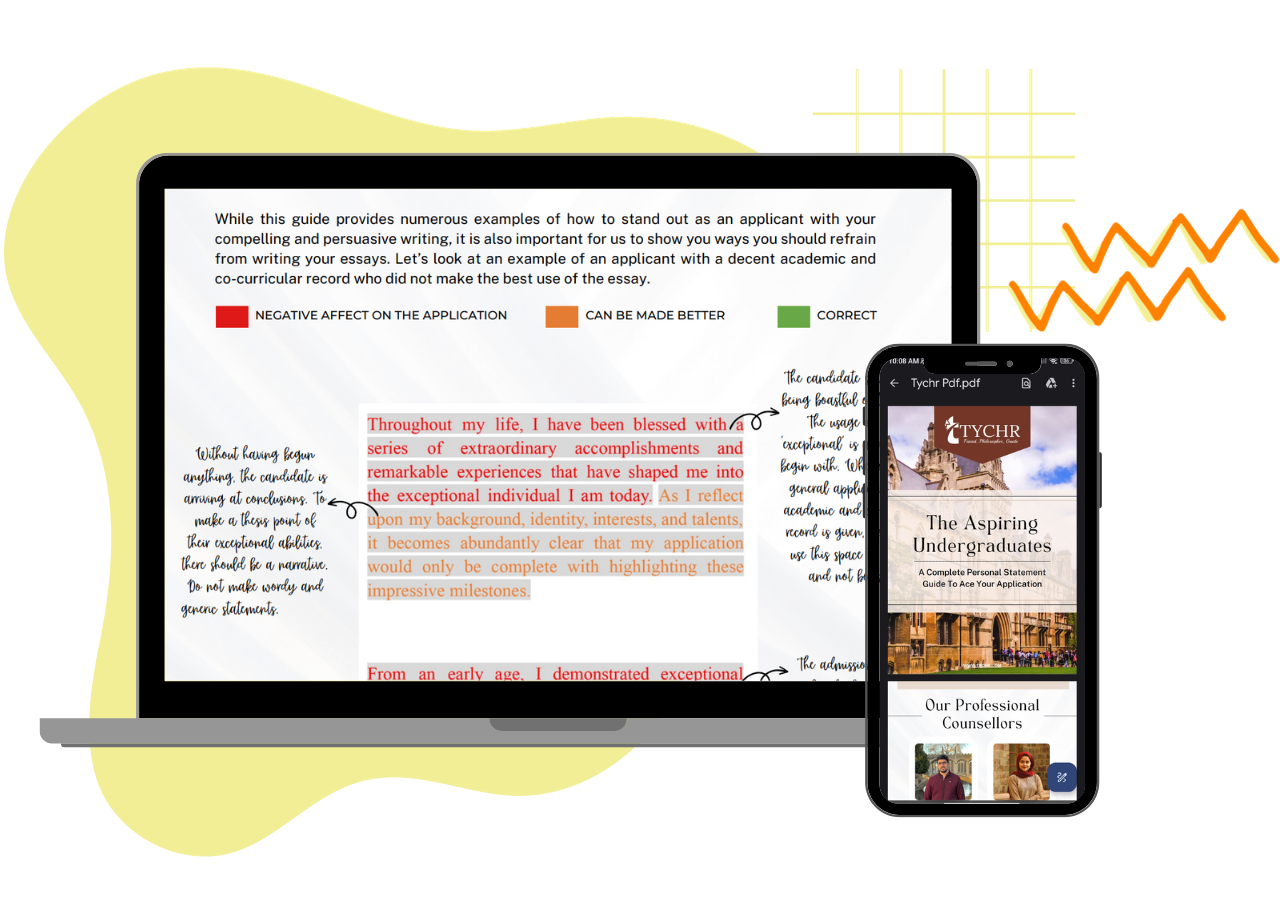Download our Successful College Application Guide
Our Guide is written by counselors from Cambridge University for colleges like MIT and other Ivy League colleges.
To join our college counseling program, call at +918825012255

For more details related to IB MYP – DP1 Bridge Course, Click Here to download the Brochure.
For more details related to IB DP1 – DP2 Bridge Course, Click Here to download the Brochure.
For Any Queries, Please call at +918825012255
Our IB Economics HL Paper 3 Question Bank is an incredible resource for students preparing for the IB Economics exam. The Question Bank is full of high-quality, properly formatted questions that cover all aspects of the IB Economics syllabus. The questions are clearly laid out and easy to understand, and the answer key provides detailed explanations for each question. This is an essential tool for any student who wants to do well on the IB Economics exam.
Time: 1 hour
Instructions to candidates
Year | GDP (bn of $) | Total Investment (bn of $) |
2010 | 100 | 20 |
2011 | 110 | 25 |
2012 | 120 | 30 |
2013 | 130 | 35 |
2014 | 140 | 40 |
a)
i.) Define the term GDP
Gross Domestic Product (GDP) is a measure of the total value of all goods and services produced within a country’s borders during a specific period, usually a year or a quarter. GDP is commonly used as an indicator of a country’s economic growth, productivity, and standard of living. It includes all final goods and services that are produced for consumption, investment, and government purposes within a country’s borders, regardless of the nationality of the producers. The calculation of GDP takes into account the total expenditures by consumers, businesses, and the government, as well as the value of exports minus imports (net exports).
ii.) Calculate the average growth rate of GDP from 2010 to 2014.
The average growth rate of GDP from 2010 to 2014 is (140/100)^(1/5) – 1 = 0.08 or 8%.
iii.) Calculate the average growth rate of total investment from 2010 to 2014.
The average growth rate of total investment from 2010 to 2014 is (40/20)^(1/5) – 1 = 0.09 or 9%.
iv.) Use the data to calculate the average investment rate (i.e. the ratio of total investment to GDP) for the period 2010 to 2014.
The average investment rate is (20 + 25 + 30 + 35 + 40) / (100 + 110 + 120 + 130 + 140) = 0.23 or 23%.
v.) Explain the relationship between the growth rate of GDP and the growth rate of total investment.
The growth rate of GDP and the growth rate of total investment are both positive and close to each other, which suggests that total investment is positively related to GDP growth. In other words, as total investment increases, GDP also increases.
vi.) Explain how changes in aggregate demand and aggregate supply will lead to changes in real GDP and the price level in a market economy. In your explanation, make sure to discuss the impact of both an increase in aggregate demand and an increase in aggregate supply on real GDP and the price level.
Certainly, an increase in aggregate demand (AD) will lead to an increase in real GDP and an increase in the price level, while an increase in aggregate supply (AS) will lead to an increase in real GDP and a decrease in the price level. The relationship between AD, AS, real GDP and the price level is represented by the aggregate demand-aggregate supply (AD-AS) model. In the short run, the economy operates at the point where AD and AS intersect, known as the equilibrium point. At this point, the economy is in macroeconomic equilibrium, where real GDP equals potential GDP and the price level is stable.
An increase in AD can be caused by factors such as an increase in consumer spending, an increase in government spending, or an increase in investment spending. This will cause the AD curve to shift rightward, leading to an increase in real GDP and an increase in the price level. This increase in price level is known as demand-pull inflation. On the other hand, an increase in AS can be caused by factors such as an increase in productivity, a decrease in input costs, or an increase in the number of firms in the market. This will cause the AS curve to shift rightward, leading to an increase in real GDP and a decrease in the price level.
vii.) Suppose that in 2015, Indonesia experienced a recession, and GDP declined by 5%. If total investment remained the same as in 2014, what is the new investment rate for 2015?
If total investment remained the same as in 2014, total investment for 2015 would be $40 billion.
The new GDP for 2015 would be 0.95 * $140 billion = $133 billion.
Therefore, the investment rate for 2015 would be $40 billion / $133 billion = 0.30 or 30%.
c) If the investment rate had increased by 20% between 2010 and 2014, what would have been the average growth rate of GDP for the period?
If the investment rate had increased by 20%, the average investment rate for the period would be 23% * 1.20 = 27.6%.
viii.) If the government of Indonesia increases its spending on infrastructure by $10 billion in 2015, and the multiplier effect of this spending is 1.5, what is the new GDP for 2015?
Assuming that the government spending on infrastructure is not already included in the GDP for 2014, the new GDP for 2015 would be:
New GDP = Old GDP + (Multiplier x Change in Government Spending)
New GDP = $140 billion + (1.5 x $10 billion)
New GDP = $155 billion
Therefore, the new GDP for 2015 would be $155 billion.
b) Recommend any potential government or central bank policies that could be used to stabilize an economy in the event of demand-pull inflation or cost-push inflation.
Inflation is a persistent increase in the general price level of goods and services in an economy over a period of time. When inflation rises above a certain level, it can have negative consequences for an economy. There are two main types of inflation: demand-pull inflation and cost-push inflation. Demand-pull inflation occurs when there is an excess demand for goods and services, which leads to rising prices. Cost-push inflation, on the other hand, occurs when the cost of production increases, leading to higher prices. In this essay, we will discuss various government and central bank policies that can be used to stabilize an economy in the event of demand-pull inflation or cost-push inflation.
One of the most common tools used to stabilize an economy in the event of inflation is monetary policy. Monetary policy is the use of interest rates and the money supply by the central bank to influence the economy. In the case of demand-pull inflation, the central bank can raise interest rates to decrease the money supply and reduce demand, which will decrease inflation. For example, in the 1970s, the Federal Reserve in the United States raised interest rates to combat inflation caused by the oil crisis, which led to a decrease in inflation.
Fiscal policy is another tool that the government can use to stabilize an economy in the event of inflation. Fiscal policy is the use of government spending and taxation to influence the economy. In the case of demand-pull inflation, the government can decrease government spending or increase taxes, which will decrease aggregate demand and decrease inflation. For example, in the 1980s, the Reagan administration in the United States implemented a policy of tax cuts and spending cuts, which helped to decrease inflation.
Another tool that the government can use to stabilize an economy in the event of inflation is price controls. Price controls are government regulations that limit the price of certain goods and services. In the case of demand-pull inflation, the government can put a cap on certain prices to prevent them from rising too quickly. For example, in 1971, the Nixon administration in the United States implemented a policy of price controls, which helped to reduce inflation.
In addition to these tools, the government can also use supply-side policies to stabilize an economy in the event of inflation. Supply-side policies are policies that focus on increasing the supply of goods and services. For example, the government can invest in infrastructure or remove regulations that limit production. This can help to increase the supply of goods and services and decrease inflation.
In case of cost-push inflation, the government can try to implement policies that focus on controlling the cost of raw materials and labor. For example, the government can invest in research and development to find new and cheaper raw materials or implement policies to increase the education and skills of the labor force.
In conclusion, there are several government and central bank policies that can be used to stabilize an economy in the event of demand-pull inflation or cost-push inflation. These policies include monetary policy, fiscal policy, price controls, supply-side policies and policies to control the cost of raw materials and labor. However, each policy has its own strengths and weaknesses, and the appropriate policy will depend on the specific circumstances of the inflation.
Our Guide is written by counselors from Cambridge University for colleges like MIT and other Ivy League colleges.
To join our college counseling program, call at +918825012255

Table 1
Price of Coffee ($) | Quantity Demanded |
20 | 100 |
15 | 120 |
10 | 150 |
5 | 180 |
Table 2
Income ($) | Quantity Demanded of Coffee |
20000 | 100 |
25000 | 120 |
30000 | 150 |
35000 | 180 |
Table 3
Price of Tea ($) | Quantity Demanded of Tea |
5 | 100 |
10 | 110 |
15 | 120 |
20 | 130 |
a)
i.) Define the term ‘price elasticity of demand’.
The price elasticity of demand refers to the degree of responsiveness or sensitivity of the quantity of a product or service demanded to changes in its price. In other words, it is a measure of how much the demand for a product or service changes in response to a change in its price. The price elasticity of demand is calculated by dividing the percentage change in the quantity demanded by the percentage change in the price of the product or service. A high price elasticity of demand means that a small change in price results in a large change in quantity demanded, while a low price elasticity of demand means that a change in price has little effect on the quantity demanded.
ii) Using the data from Table 1, calculate the price elasticity of demand for Coffee. Show all calculations.
PED = % change in quantity demanded / % change in price
The elasticity of demand between $20 and $15 is -25% / 20% = -1.25
iii.) What does your calculation in (ii) suggest about the responsiveness of demand for Coffee to changes in its price?
The price elasticity of demand between $20 and $15 is -1.25 which means that the demand for Product Y is inelastic to changes in price. It implies that a small change in price causes a proportionally smaller change in the quantity demanded. This suggests that the consumers of Product Y are less responsive to changes in the price of the product.
iv.) Using the data from Table 2, calculate the income elasticity of demand for Coffee. Show all calculations.
YED= % change in quantity demanded / % change in income
The elasticity of demand between $20,000 and $25,000 is 20% / 25% = 0.8
v.) What does your calculation in (iv) suggest about the relationship between consumers’ incomes and the demand for Coffee?
The income elasticity of demand between $20,000 and $25,000 is 0.8, which means that the demand for Product Y is relatively elastic to changes in consumers’ income. This suggests that as consumers’ incomes increase, the demand for Product Y will also increase relatively in proportion.
vi.) Using the data from Table 3, calculate the cross-price elasticity of demand for Coffee with respect to Tea. Show all calculations.
XED = % change in quantity demanded of Product Y / % change in the price of Product Z
The cross-price elasticity of demand between $5 and $10 is 9.1% / 50% = 0.18
vii.) What does your calculation in (vi) suggest about the relationship between Coffee and Tea in terms of their substitutes or complements?
The cross-price elasticity of demand between $5 and $10 is 0.18 which is relatively low, this suggests that products Y and Z are not strong substitutes or complements. It implies that a slight change in the price of Product Z causes a slight change in the quantity demanded of Product Y.
Brazil is one of the world’s leading producers of coffee, and its economy is heavily reliant on coffee exports. The price elasticity of supply of coffee in Brazil is relatively inelastic, as coffee growers cannot quickly increase production in response to changes in price due to the time required for trees to mature and the need for specialized farming techniques.
viii.) Define the term ‘price elasticity of supply’.
The price elasticity of supply refers to the degree of responsiveness or sensitivity of the quantity of a product or service supplied to changes in its price. In other words, it is a measure of how much the supply of a product or service changes in response to a change in its price. The price elasticity of supply is calculated by dividing the percentage change in the quantity supplied by the percentage change in the price of the product or service. A high price elasticity of supply means that a small change in price results in a large change in quantity supplied, while a low price elasticity of supply means that a change in price has little effect on the quantity supplied.
b) Recommend a policy which could be introduced by the government to impact the price elasticity of demand.
Government policies such as subsidies or taxes can affect the price elasticity of demand in several ways.
Subsidies:
A subsidy is a direct payment from the government to producers or consumers of a good or service, which reduces the cost of production or the price of the good or service. Subsidies can have an effect on the price elasticity of demand by making the good or service more affordable for consumers. This can result in an increase in the quantity demanded and a decrease in the elasticity of demand, making the demand more inelastic.
For example, if the government provides a subsidy to farmers producing a certain crop, the cost of producing that crop will decrease. This will result in a decrease in the price of the crop and make it more affordable for consumers. As a result, the quantity demanded for the crop will increase and the price elasticity of demand will decrease, making the demand more inelastic.
Taxes:
A tax is a mandatory payment to the government imposed on producers or consumers of a good or service, which increases the cost of production or the price of the good or service. Taxes can have an effect on the price elasticity of demand by making the good or service less affordable for consumers. This can result in a decrease in the quantity demanded and an increase in the elasticity of demand, making the demand more elastic.
For example, if the government imposes a tax on a certain product, its price will increase, making it less affordable for consumers. As a result, the quantity demanded of the product will decrease and the price elasticity of demand will increase, making the demand more elastic.
It is important to note that while subsidies and taxes can affect the elasticity of demand, other factors such as the availability of substitutes, consumer income, and consumer preferences also play a crucial role. The impact of government policies on the price elasticity of demand will depend on the unique characteristics of the good or service in question, as well as the specifics of the policy itself.
Cat 1 – ESS and Cat 2 – Biology. Chief of the IB program. Mentored 320+ students across various curricula.
IBDP Physics HL / SL. IGCSE Physics. A-level Physics (AQA, CIE, Edexcel, OCR, and WJEC). IGCSE Physics (AQA,CIE, OCR & Edexcel)
IBDP Cat 1 – Business Management, IBDP Cat 1 – TOK. Taught over 130+ students across 4+ countries.
IBDP Cat 1 & 2 November 2019. Specializes in Global Politics. Many students scored 7s; mentors 200+ students in assessments.
Specializing in Mathematics: Analysis and Approaches (HL & SL), Mathematics: Applications and Interpretation (HL & SL), and MYP (Mathematics).
IBDP Cat 1 – Chemistry, IBDP Cat 3 – IA Chemistry, IBDP Cat 1 – TOK. Helped 2 out of 3 students achieve a 7 in IB Chemistry.





All content on this website has been developed independently from and is not endorsed by the International Baccalaureate Organization, the College Board, Pearson EdExcel, OCR, or AQA. International Baccalaureate, SAT, ACT, AP, EdExcel, OCR, and AQA are registered trademarks owned by their respective organizations.
Download our Successful College Application Guide developed by counselors from the University of Cambridge for institutions like Oxbridge alongside other Ivy Leagues. To join our college counseling program, call at +918825012255
We are hiring a Business Development Associate and Content Writer and Social Media Strategist at our organisation TYCHR to take over the responsibility of conducting workshops and excelling in new sales territory. View More